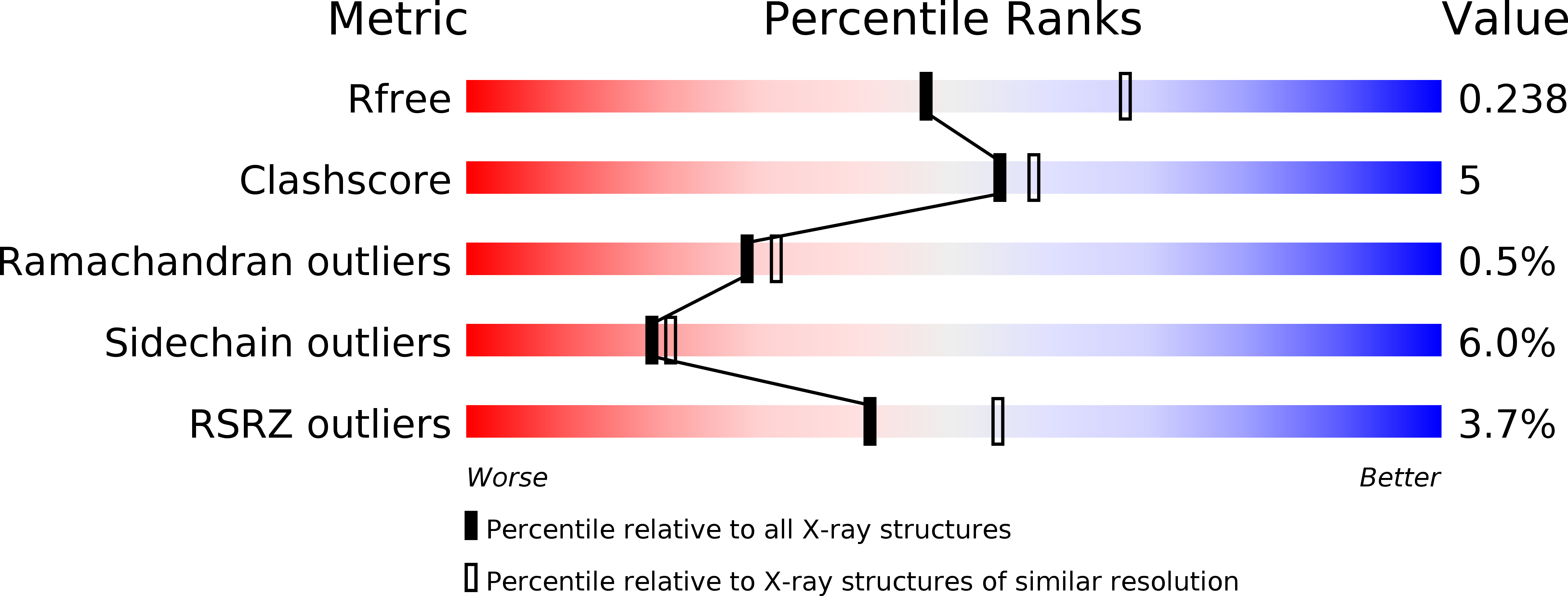
Deposition Date
2003-08-25
Release Date
2004-11-09
Last Version Date
2024-10-30
Entry Detail
PDB ID:
1Q9H
Keywords:
Title:
3-Dimensional structure of native Cel7A from Talaromyces emersonii
Biological Source:
Source Organism:
Talaromyces emersonii (Taxon ID: 68825)
Method Details:
Experimental Method:
Resolution:
2.35 Å
R-Value Free:
0.22
R-Value Work:
0.16
R-Value Observed:
0.16
Space Group:
P 41 21 2


